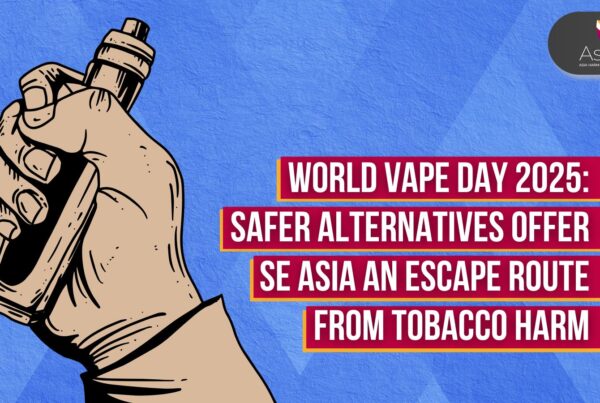Asia Harm Reduction Alliance
“Harm reduction is the strategy, policy, and philosophy of reducing risk and thus the morbidity and mortality associated with an action or condition.”


of noncommunicable disease deaths are in low and middle-income countries.
More than 36 million people die annually from noncommunicable diseases (NCDs). 90% of deaths from noncommunicable diseases are in low and middle-income countries.
What is harm reduction?
Harm reduction is a public health strategy that is used to reduce or minimise the harm associated with a certain risky behaviour, without necessarily having to eliminate that behaviour.
It recognises that there will probably always be people who engage in activities that involve risk. In democratic societies, there are often trade-offs to be made. In this regard, harm reduction is a significant public health alternative to outright prohibitions and bans.
Harm Reduction In Other Areas
The concept of harm reduction has been shown to be very effective in the areas of food, alcohol, drugs, cigarettes and general issues such as handwashing to minimise the spread of disease.
Harm reduction is a strategy adopted in many areas of our lives that helps us to reduce or minimise the risks of certain behaviours.
OTHER EXAMPLES OF HARM REDUCTION IN OUR DAILY LIVES
Using a seatbelt
when driving
The ABCs of HIV prevention
(Abstinence, Be faithful and use a Condom)
Vaccines minimise the
effects of COVID-19

